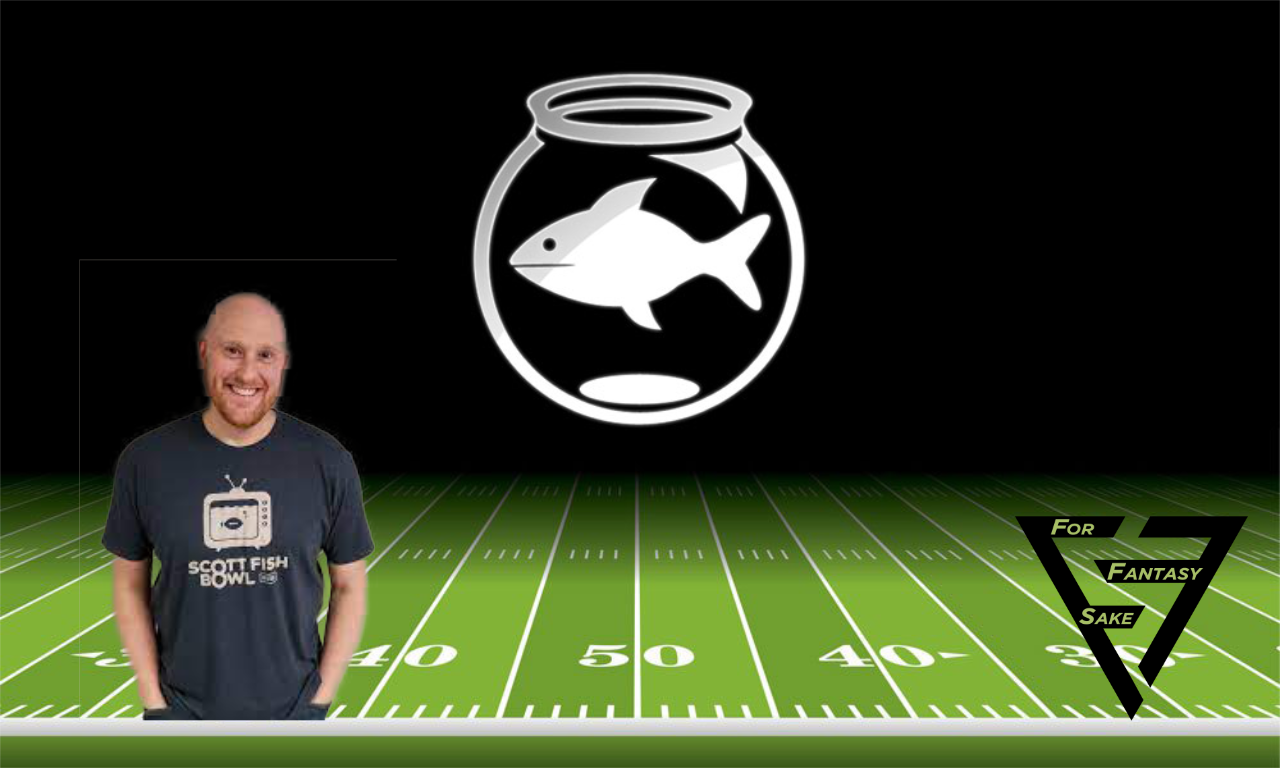So you’ve drafted your team and the season begins. Great. Uh oh. You get hit with an injury in Week 1. Your guy is going to be out for four to six weeks. Luckily, your league has IR spots for just this sort of thing, but now you’re playing a man down. Whatever will you do?
That’s where the waiver wire comes in. This is the place where players who are not currently on someone’s roster hang around and wait for someone to adopt them, just like shelter puppies.
There’s plenty of ways to claim these wayward strays. Some leagues use money, others use reverse draft order and some go by chronological order in terms of when the request to acquire the player was made. No matter how your league does it, knowing, who, when, and how much, is a key piece of the fantasy football equation. Much like setting your lineup, the waiver wire requires work. You have to be mindful of who is out there, what their potential situation, and if you’re really into it, what the state of your competitor’s rosters are to know if they are potentially eying one of your targets.
The rule of thumb is that waivers run on Wednesday or Thursday (before the Thursday night game). The rest of the week, players are “locked” and are not eligible to be picked up. Some leagues will allow you to pick up players for free from when waivers run until the games start on Sunday. As always, it is critical to know the rules of your own league, especially in this area.
FAAB
This is the most popular form of waivers I see out on the ole interwebs. You blind bid on a player using FAAB (Free Agent Auction Bucks (no, I did not make that up)) and if you have the highest bid, you acquire the player to your roster.
FAAB is a bit more of an art than it is a science. It’s kind of like a game of chicken. The trick is to bid high enough to win the player’s services, but not overbid and spend money you don’t need to. Unlike start-up auctions, you usually don’t get to see the other bids. You need to use your best judgment to the relative worth of that player. The gamesmanship comes in when there is more than one manager looking to pick someone up. If the player’s value suddenly spikes, like the backup to our injury replace example above, then you’ll need to open your wallet. If it’s someone with little perceived value, a bye-week kicker fill-in let’s say, then chances are good you can get away with the minimum offer.
Reverse draft order
This one is pretty straightforward. If you picked last in the start-up or rookie draft, then you get the first waiver selection. You generally see this method in start-ups and redraft leagues. Established dynasty and keeper leagues generally use FAAB to give managers a more even footing.
As a rule, the first waiver spot is a valuable asset. You know you are going to get your guy, so you want to use it wisely, pulling the trigger on a difference maker, either for your squad, or to keep someone off a rival roster.
Chronological
Sometimes called First Come, First Serve waivers the first person to make the claim lands the player. Some FAAB leagues will use this as a tie-breaker if two or more managers put in the same bid.




